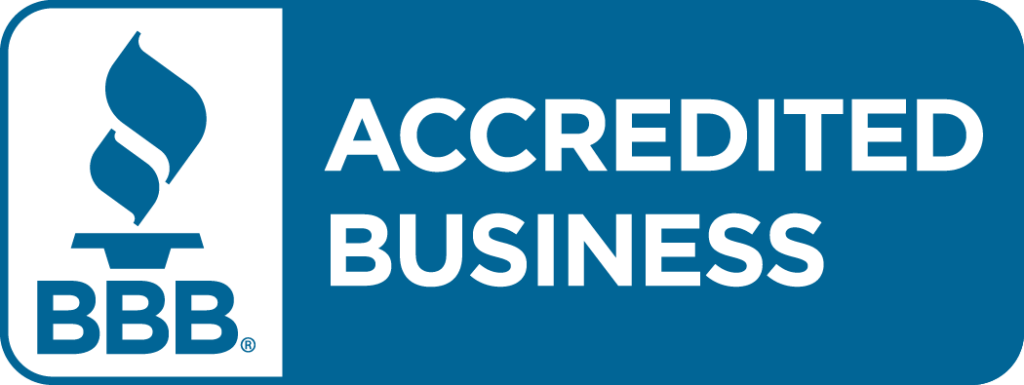Listen to the article:
[acf field=”embed_code”]
You are in the latter stages of the recruiting process. You have captivated a driver’s attention and cultivated that driver’s interest. Conversations over the phone have gone great and the full application has been filled out and submitted. The driver has agreed to attend orientation. All they have to do now is show up. The problem is that too often, this is where the process abruptly ends. The driver does not show up to orientation and you lose a potential hire.
It would not be too much of an issue if the number of hires lost at this stage of the recruiting process was considerably low. But for many fleets, it’s high enough to make a dent. With the clients we’ve worked with through our mentorship program, we have seen an average of 15-20% of orientation no-shows. Couple that with the 15-20% of drivers who do attend these fleets’ orientations but will not be hired and that adds up to a 30-40% loss of potential hires. This causes a fleet to fall short of their target hires.
[hr style=”3″ margin=”40px 0px 40px 0px”]
What is Keeping Drivers from Attending Orientation?
So why does this happen? What prevents drivers from showing up to orientation? There are a number of possible reasons:
- They Receive a Better Offer
- Transportation Issues
- Irresponsibility
- Altered Perception of Company Reputation
- Lack of Confidence in Drug Testing
- Falsified Information on Application
. . .And the list goes on. Whatever the reason, one thing is obvious: You are losing hires here and your bottom line is telling you that you cannot afford to.
So what are some things you can do to convince drivers to show up? Let’s take a look at a few possible solutions.
[hr style=”3″ margin=”40px 0px 40px 0px”]
What can You Do to Increase Orientation Attendance?
Keep the Conversation Going

Oftentimes more can be done to keep a driver engaged leading up to orientation. The more engaged a driver is with a fleet, the less likely he/she is to look for other job opportunities during that time. One way to ensure this is by maintaining consistent contact with the driver using multiple channels such as phone calls, texts, and emails. For example, you can use automated emails to keep the driver updated on any information they need to know prior to orientation, including tasks that will both prepare him/her for orientation and move the hiring process along.
Involve Leadership
Giving a driver the chance to interact with the leadership of a fleet they are considering can make a very big impression on a driver. It could be a brief phone call from a fleet manager, owner, executive, etc. who has taken the time prior to the call to learn a little bit about the individual driver. This allows for a less generic conversation which shows the driver that your fleet’s leadership cares enough to make time for them and removes any post-cognitive dissonance from the driver’s decision to join your fleet.
Complete More of the Hiring Process
Another factor to consider is how much of the orientation process to make available and/or required before the drivers show up. Time often strengthens commitment. For example, if a carrier requires drug screen results from an approved vendor before orientation starts, and the driver completes it, the likelihood of that driver showing up will drastically increase. Some carriers also provide potential hires with an online portal where they can complete a variety of company-specific trainings and assessments before attending orientation. Not only does this keep the driver engaged in the process, but it also shortens the length of orientation.
Host Orientations Worth Attending
A sobering reason you may be losing drivers prior to orientation is that they are hearing of negative experiences with your orientations from other drivers. Many carriers hold orientation weekly, and as a result, some may get lackadaisical in their approach. Most drivers, especially tenured ones who have attended numerous orientations over the years, expect a certain level of professionalism, organization, structure, as well as quality food and hotel accommodations.
Orientation should provide carriers with an opportunity to put their best foot forward, to make a good impression, and give the driver a taste of what it will be like to work with them. Drivers who leave orientation disappointed will likely tell other drivers about their experience, which can damage market reputation and in the long run make your cost-per-hire go up.
[hr style=”3″ margin=”40px 0px 40px 0px”]
Learn From Your Orientation No-Shows

The reality is that you will not find out the reason behind every single driver who does not show up for orientation, especially because it can be difficult to get a hold of these drivers afterwards. But it will benefit you to make genuine effort to gather those reasons by attempting to contact these drivers after the fact.
What you learn from those you are able to get in contact with can reveal trends. Do many of your potential hires not show up for orientation because they are offered better pay by another fleet? Are a lot of your potential hires trying to avoid drug testing? Getting answers to these questions can give you ideas on how to counteract.
For example, with potential hires avoiding drug testing, you can instruct your recruiters to bring this up earlier in the conversation with these drivers so that they can eliminate such drivers from the recruiting process early. Though there will be factors out of your control that does not take away from the advantage of this practice, which is to discover ways to improve your process.
The idea that it is still possible to lose potential hires when so deep into the recruiting process can be daunting. But thankfully, there are ways to combat this issue and increase your chances of getting drivers to show up to your orientations.




